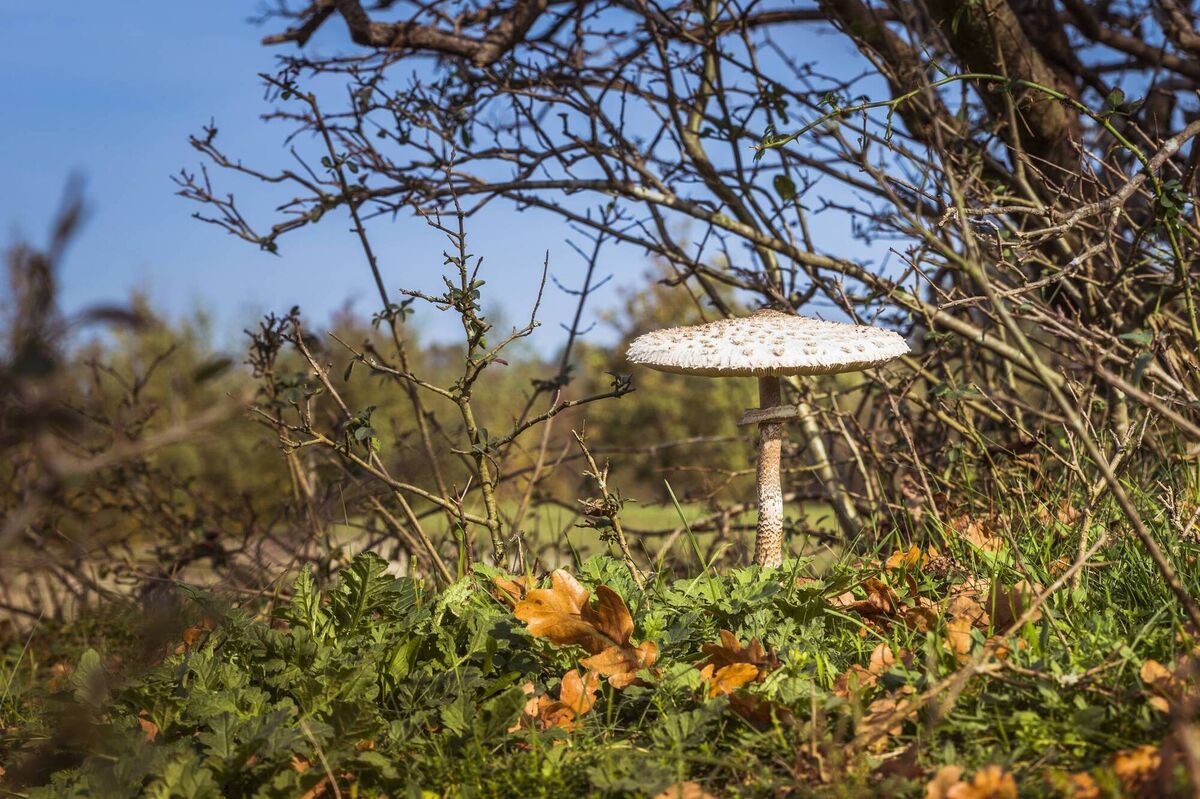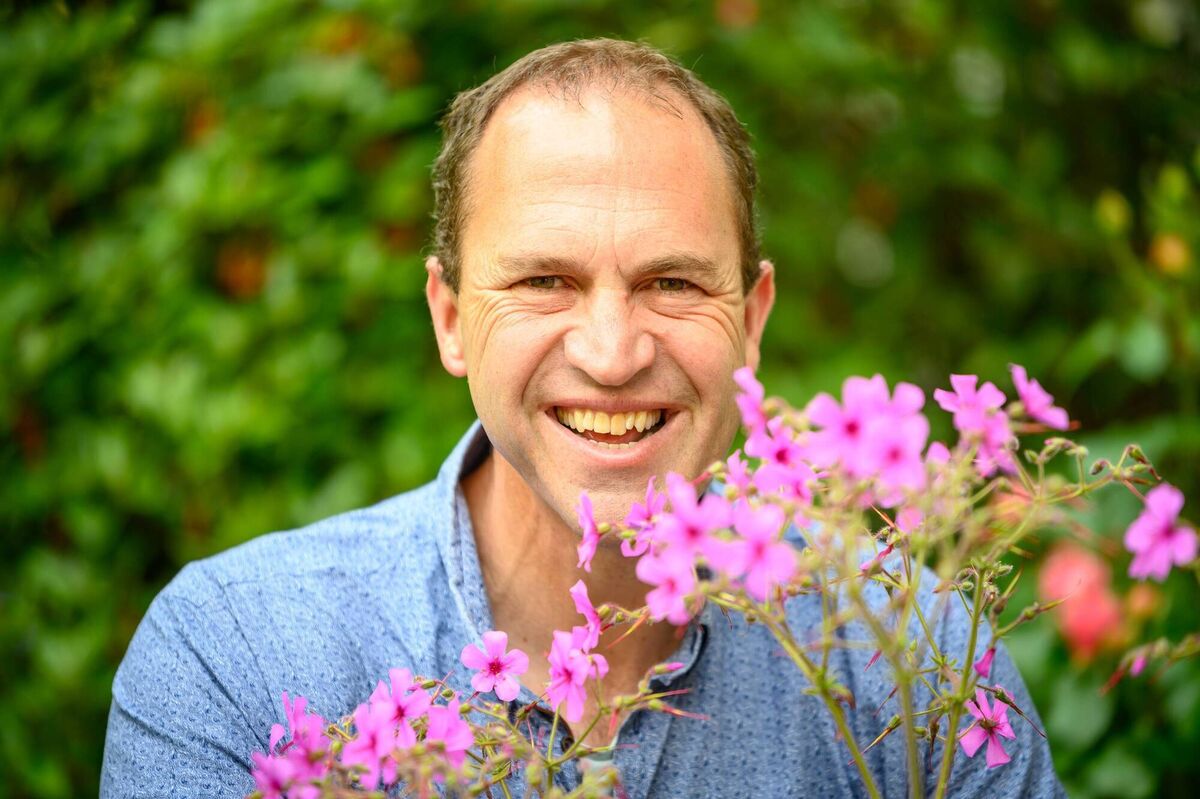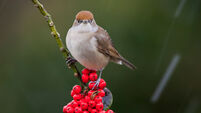Peter Dowdall: Fungus has had bad press. Mushrooms are nature's alchemists

Shaggy inkcaps: 'Fungi like inkcaps are not only extremely beneficial in the garden, but are also quite beautiful,' writes Peter Dowdall. File pictures
I think fungi have had a terrible time of it, reputation-wise. For too long, we’ve been told that fungus in the garden is bad news. If we see a mushroom, it means trouble. Marketers of fungicides have done a very good job of convincing us that fungi are enemies to be fought, sprayed, and eradicated. But that couldn’t be further from the truth.
The fact is, most fungi are not only harmless but they’re actually essential. They are the quiet workers, the great recyclers of the garden, breaking down what’s dead to feed what’s living. Without fungi doing their thing, we’d be knee-deep in garden waste and debris, nothing would rot, and the whole system would eventually choke under its own leftovers.
Without them, there would be no soil, no humus, no fertility. They are nature’s alchemists, turning fallen leaves, decaying wood, and fallen plant material into the rich, life-giving soil that everything else depends on.
When you dig into healthy soil, that wonderful earthy smell that you get is the work of fungi and other microorganisms. Together, they create a living web beneath our feet, a hidden ecosystem that’s as complex and vital as anything above ground.
The fine, thread-like filaments of fungi, called mycelium, weave through the soil, connecting plant roots, exchanging nutrients, and building soil structure. They hold it together like a natural fabric, helping it retain moisture whilst at the same time, improving drainage. They even help plants access minerals and nutrients that would otherwise be locked away.
In a woodland, you can see this partnership at work. The trees drop their leaves in autumn, the fungi move in to decompose them, and by spring, that leaf litter has become rich organic matter, ready to feed new growth. It’s a perfect cycle, death feeding life, and fungi are right at the heart of it.
In our gardens, it’s much the same. When I see mushrooms or toadstools popping up in a lawn or among the borders, I don’t rush for a spray. They’re a sign that the soil beneath is alive and thriving. It’s a healthy ecosystem doing exactly what it should. If you see them, especially after rain, take it as a compliment from your garden.
Of course, not all fungi are friendly. There are some that cause disease, rusts, mildews, and scabs and these can be troublesome. Apple scab, rose black spot, and honey fungus, for example, are all fungal diseases that can damage plants.
However, it’s important to remember that these are exceptions, not the rule. For every harmful fungus, there are hundreds that are beneficial. And even those that attack plants are often nature’s way of rebalancing things by taking out the weak, so we can see these fungal infections as a sign that all is not as it should be with the health of a plant.
The key is not to panic. If you see clusters of honey-coloured mushrooms at the base of a tree, particularly one that’s showing signs of decline, that could be honey fungus (armillaria), one of the few truly destructive species. It attacks the roots and can move through soil to nearby plants. In that case, it’s best to remove the affected plant and as much of the root system as possible. But again, that’s the exception, not the norm.
Most of the time, the fungi you’ll find, the shaggy inkcaps on a lawn, the fairy rings, the parasols under a hedge, are harmless and helpful. They’re busy recycling dead organic matter, feeding worms and beetles, enriching your soil without you having to lift a finger.

The other thing I love about fungi is how much mystery still surrounds them. We know that they form partnerships with plants referred to as mycorrhizal associations, which can increase a plant’s root surface area by hundreds of times.
Trees, in particular, rely on these fungal networks to communicate with one another and to share resources. It’s sometimes called the “Wood Wide Web”, and it’s real. Through fungal threads, nutrients and even chemical signals can move from one plant to another. That birch tree in the corner might be feeding the young beech beside it through the fungi that link their roots.
We gardeners like to think we’re in charge, but the truth is that fungi are quietly running the show underground, keeping everything connected and balanced.
If you want to encourage healthy fungal activity in your garden, the best thing you can do is work with nature, not against it. Avoid overusing chemical fertilisers and fungicides; they don’t just kill the bad guys, they wipe out the beneficial organisms too.
Mulch with organic matter, let fallen leaves break down naturally, and resist the urge to over-tidy. A bit of decaying wood or leaf litter is a banquet for beneficial fungi and the creatures that depend on them.
As the weather cools and the heavy rains arrive, keep your eyes open. Those little toadstools and mushrooms that appear overnight aren’t invaders; they’re actually signs that your garden is healthy, alive, and working just as it should.
If it’s not a bridge too far, you might even start doing what I now do and take a moment to kneel down and admire them, the intricate caps and the delicate gills, some of them can be absolutely stunning in their artistry. They’re fleeting things, but full of meaning.

Got a gardening question for Peter Dowdall? Email gardenquestions@examiner.ie









